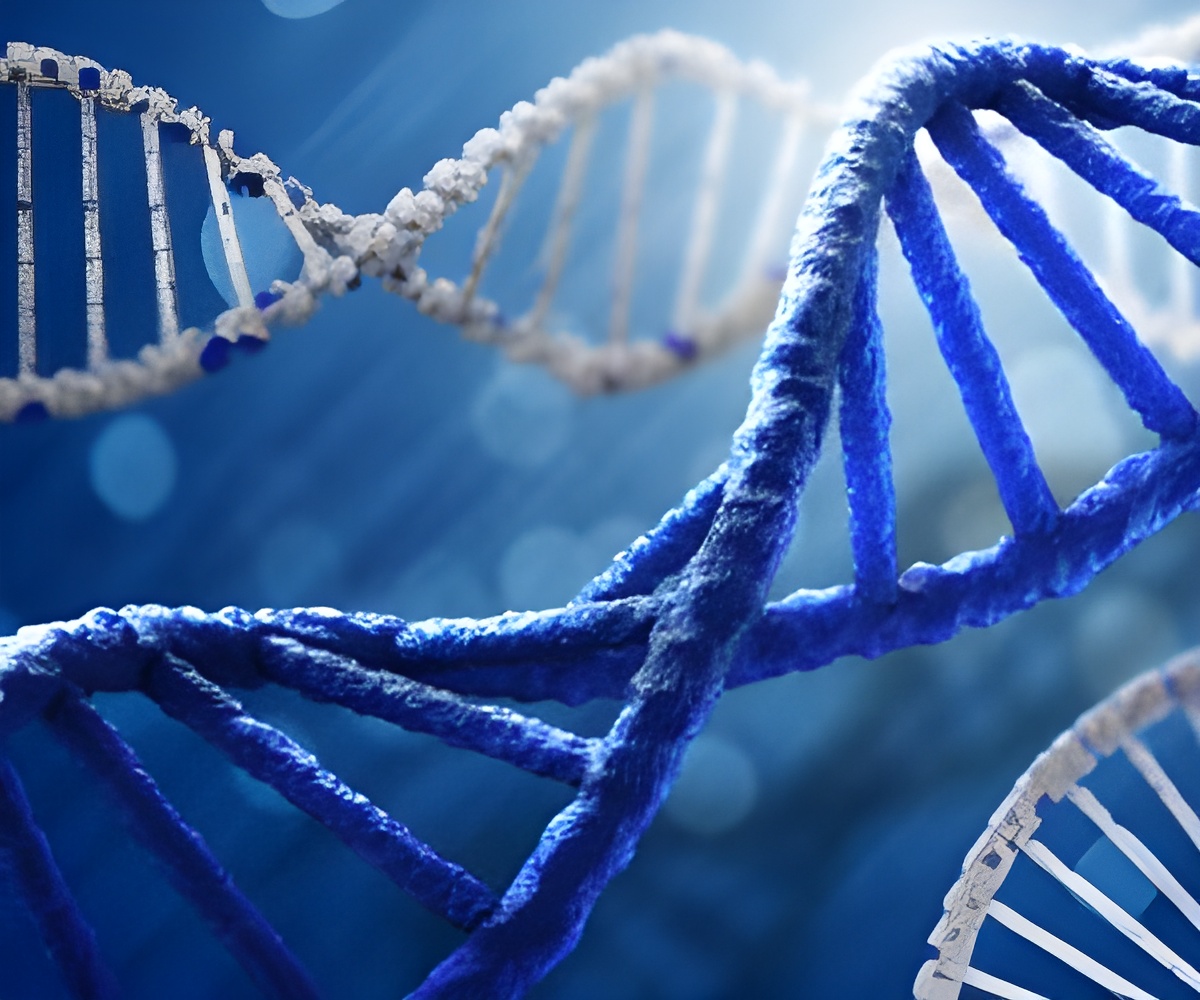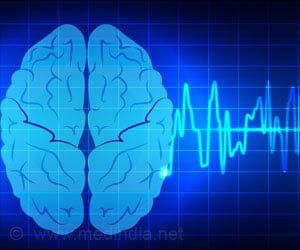
Cell type-specific expression, regulation and compensation of CDKL5 activity in mouse brain
Go to source)
What is CDKL5 Deficiency Disorder (CDD)
CDD causes seizures and impaired development in children, and medications are limited to managing symptoms rather than tackling the root cause of the disease. The disorder involves losing the function of a gene producing the CDKL5 enzyme, which phosphorylates proteins, meaning it adds an extra phosphate molecule to alter their function. In research published today in Molecular Psychiatry, the scientists studied mice that don’t make the CDKL5 enzyme. These mice show similar symptoms to people with CDD like impaired learning or social interaction.‘Targeting a calcium channel may present a viable therapeutic approach for addressing CDKL5 deficiency disorder (CDD), a widespread genetic epilepsy variant. #worldepilepsyday #epilepsy ’
Tweet it Now
The researchers first identified that CDKL5 is active in nerve cells in mice but not in another type of brain cell called an astrocyte. In the nerve cells, they measured the level of phosphorylation of EB2, a molecule known to be targeted by CDKL5, to understand what happens when CDKL5 isn’t produced. Interestingly, even in mice that don’t produce CDKL5, there was still some EB2 phosphorylation taking place, which suggested that another similar enzyme must also be able to phosphorylate it.
By looking at enzymes similar to CDKL5, the researchers identified that one called CDKL2 also targets EB2 and is present in human neurons. In mice without both CDKL5 and CDKL2, the remaining EB2 phosphorylation almost fully dropped off.
The researchers concluded that, although most activity comes from CDKL5, about 15% is from CDKL2, and the remaining <5% from another enzyme yet to be identified.
Their research suggests that increasing the level of CDKL2 in people who are deficient in CDKL5 could potentially treat some of the effects on the brain in early development.
Advertisement
The researchers are now investigating if mice without CDKL5 can be treated by stimulating their brain cells to produce more CDKL2. The lab is also working with biotechnology companies to identify molecules that increase CDKL2 for potential new medicines for CDD.
Advertisement
- Cell type-specific expression, regulation and compensation of CDKL5 activity in mouse brain - (https://www.nature.com/articles/s41380-024-02434-7)















